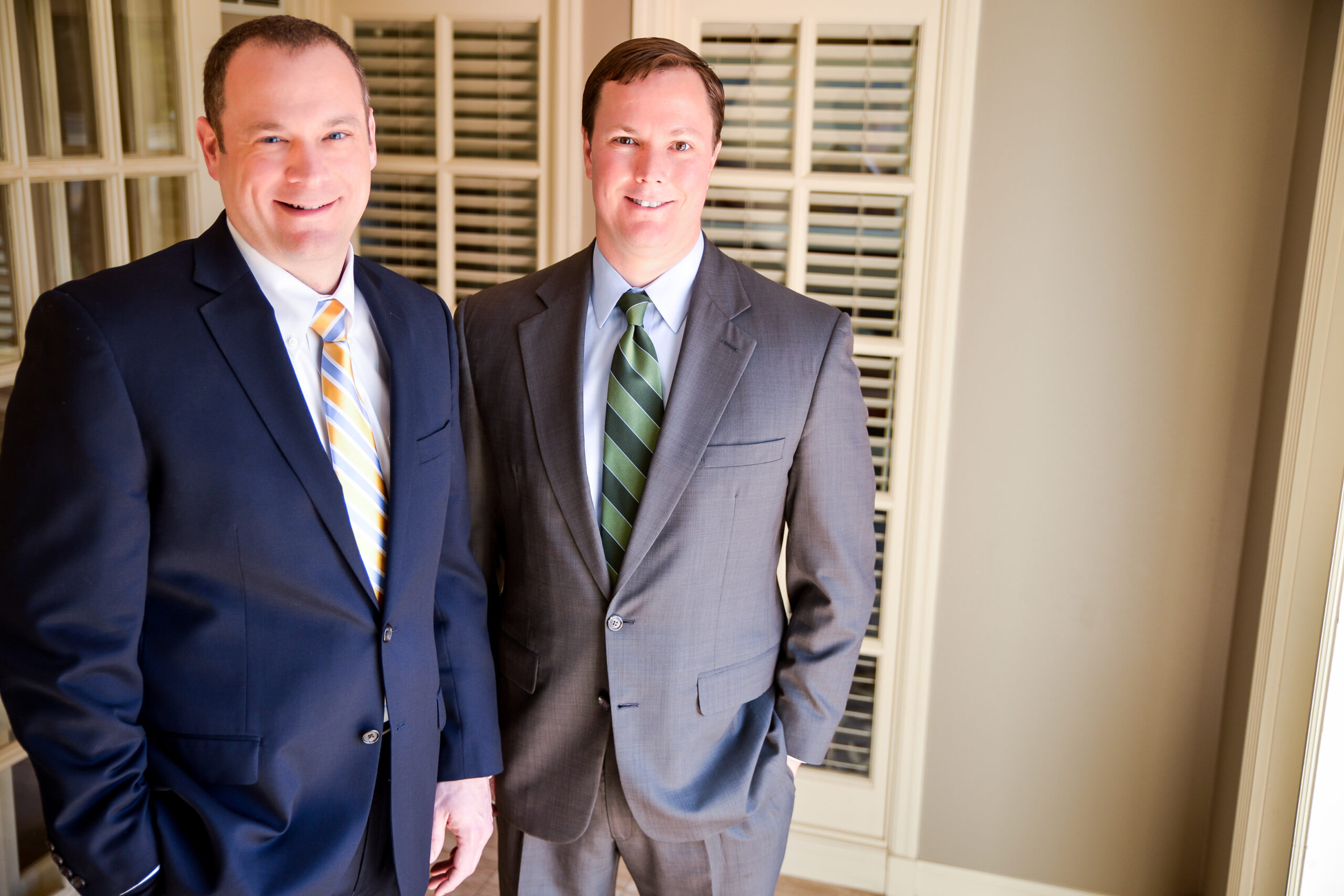The Casey & Devoti attorneys, Matt Casey and Matt Devoti, have published a Step-By-Step Guide to Making a Personal Injury Claim. This detailed guide explains the entire process of filing a PI claim from start to finish. This is the first in a series of ten posts – each highlighting a specific step in the claim process. We hope you find the level of detail informative.
If you would like a copy of the complete step-by-step guide, download it here: C&D PI Claim Guide_web.
If you have any questions or would like to discuss your specific situation, Matt and Matt are happy to meet with you for a free, no-obligation consultation.
Step #1 – The Event
Nobody likes surprises. In fact, most of us are creatures of habit. We have our daily routine. We take care of our responsibilities. We do what is expected of us.
But, accidents happen. From time to time we find ourselves in the wrong place at the wrong time and – through no fault of our own – an unforeseen, unplanned for event thrusts havoc into our lives. When the event results in injury, the consequences may be catastrophic. That’s true whether injury results because of an automobile collision, slip and fall, a poorly made product or medical error.
So, what should you do if you or a loved one are injured as the result of someone else’s failure to responsibly act?
First, collect yourself. Remain calm. Easy to say, very hard to do.
Second, be a good listener. Or try to be a good listener because listening is tough after being involved in an unplanned for event – especially if you’re the one injured as a result of the occurrence.
Next, take note of your surroundings. Look for answers to the questions answered by any basic newspaper story – who, what, when, why and how. Ask nearby people to write down for you their names and contact information (phone number, mailing address and email address). Take photographs of items involved in the event, such as the vehicles, the machine, and the scene of the collision, fall or injury.
Fourth, watch what you say to witnesses, bystanders and gawkers. Tensions are often high at a scene. Folks are flustered. Emotions are amped. And, as a result, people often mistakenly recall what others said at the scene of an injury. Don’t provide potential witnesses with any words to misremember.
Also, fully and completely cooperate and communicate with first responders, whether the responders are police officers, paramedics, ambulance personnel or fire fighters.
Sixth, stick to the facts when speaking with first responders. Do not draw inferences or conclusions based upon your initial feelings and perceptions. Do not admit fault. Do not comment on fault. Do not speculate. Do not draw or offer conclusions of any kind to any one at the scene about what happened or why it happened.
Seventh, act cautiously when it comes to seeking medical care. Accept the first responder’s offer to call an ambulance, the paramedic’s offer to be examined, the ambulance driver’s offer to take you to the emergency room.
Finally, answer as specifically as possible any questions asked of you by emergency room personnel. Provide information that is as detailed as possible. The emergency room examination is not the time to be tough and display your stiff upper lip. Rather, use the experience as an opportunity to catalogue all issues that ail you without regard to the severity of the symptom.
Next Up: Step #2 – The Report
Casey & Devoti is a St. Louis-based personal injury law firm. Together Partners Matt Casey and Matt Devoti have nearly 40 years of trial experience. They handle a variety of personal injury matters, including: car, truck and train accidents, victims of impaired and distracted driving, medical malpractice and birth injuries, , slips/trips/falls, elder care and sexual abuse, Workers’ Compensation, and wrongful death. Matt and Matt proudly serve clients throughout metropolitan St. Louis, southeastern Missouri and southern Illinois. If you or a loved one have been injured by the negligence of another, call the office today for a free, no-obligation consultation: (314) 421-0763.








